ISTE19: More Teaching & Learning, More AI and More Equity
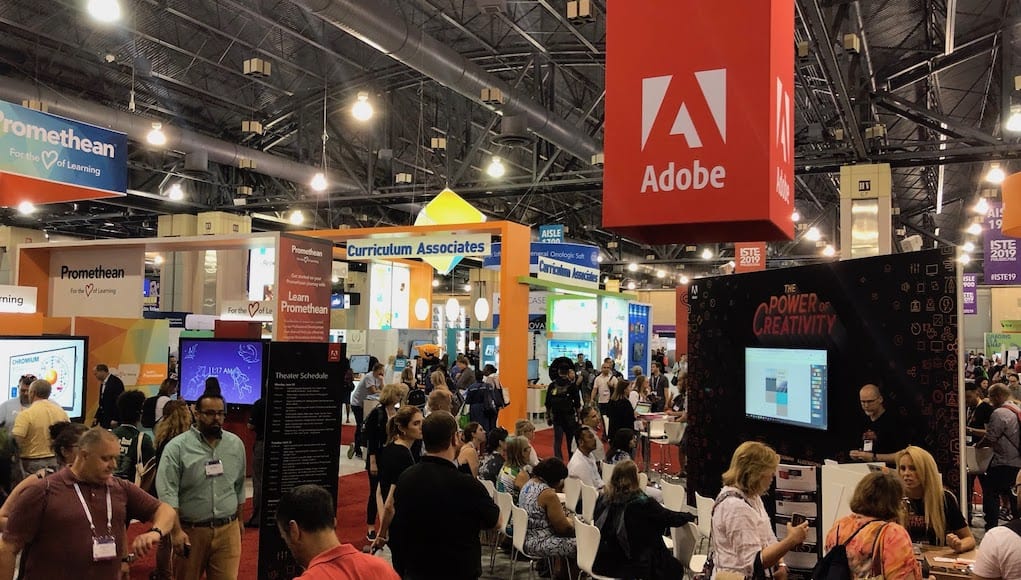
By: Rachelle Dene Poth and Tom Vander Ark
More than 20,000 teachers gathered in Philadelphia this week to learn together about using technology to enhance learning. The 40-year-old International Society for Technology in Education (ISTE) conference is the biggest ed tech convening in the US. This year, more than 3,000 presenters hosted 2,000 learning experiences–and they included about 500 students.
After serving as the nation’s ed tech director, Rich Culatta (below) took on the leadership of the ISTE two years ago. He opened the conference discussing the organization’s new focus on the implications of artificial intelligence and their renewed commitment to equity.
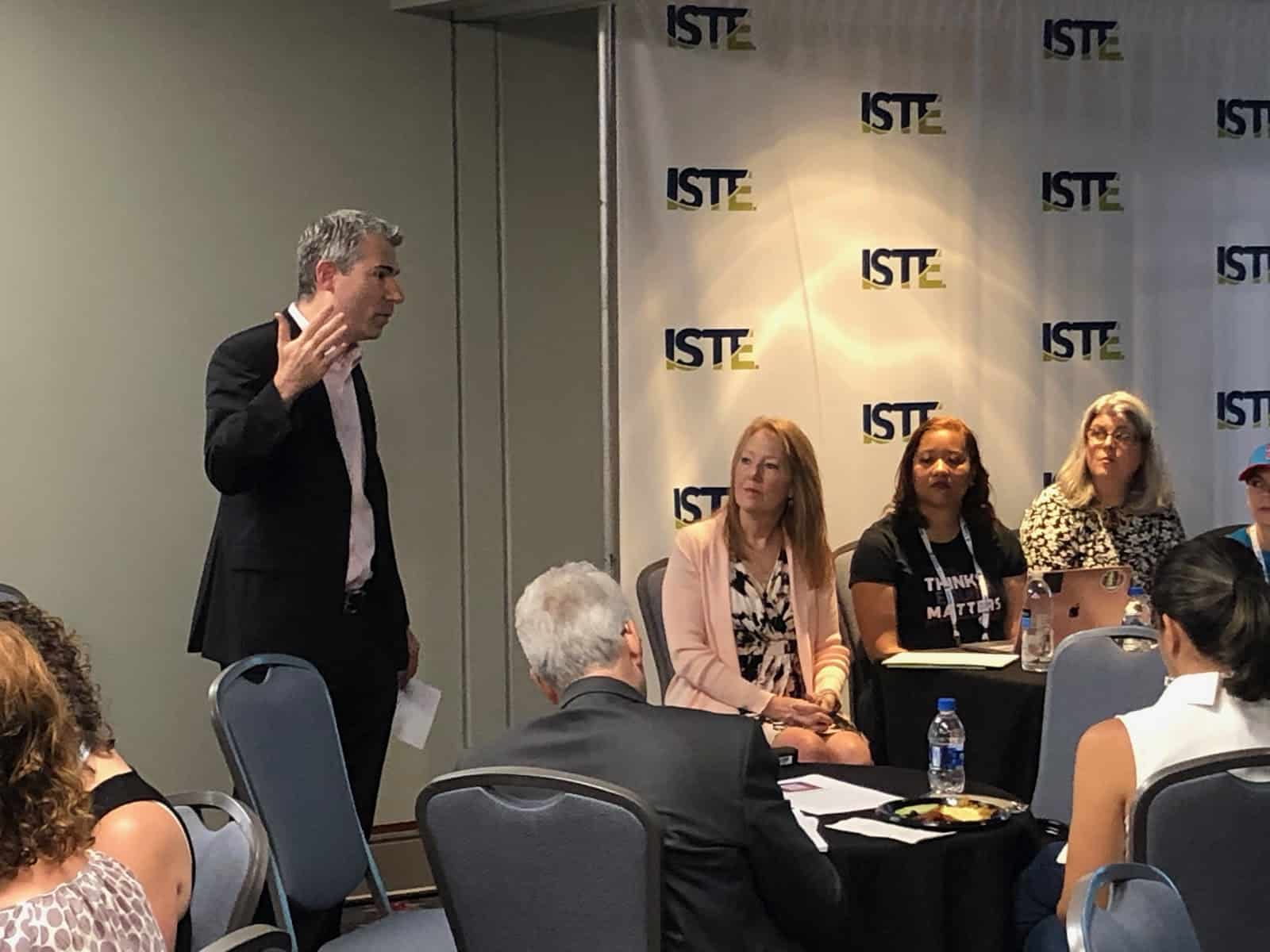
A Lap Around the Expo Hall
Microsoft had a huge presence at ISTE. Education VP Eran Megiddo was onsite to demo immersive reader (a new Azure Cognitive Service) available across Office 365, Minecraft and pretty much anywhere there is text. Developers can embed assistive tech to improve text reading and comprehension. Megiddo noted that three of four classrooms include students with learning differences that could benefit from the accessibility features.
Eran also showed off Teams, the workflow management platform (and Slack alternative) integrated with Office 365. Teams has a clean new interface and improved grading features. He also demoed Powerpoint coach which allows learners to rehearse presentations and receive feedback. Megiddo illustrated the expanded writing feedback features in Word.
The popular video platform Flipgrid (@flipgrid) was in full force. Acquired by Microsoft last summer, Flipgrid is free to schools and used by one in three teachers in the US.
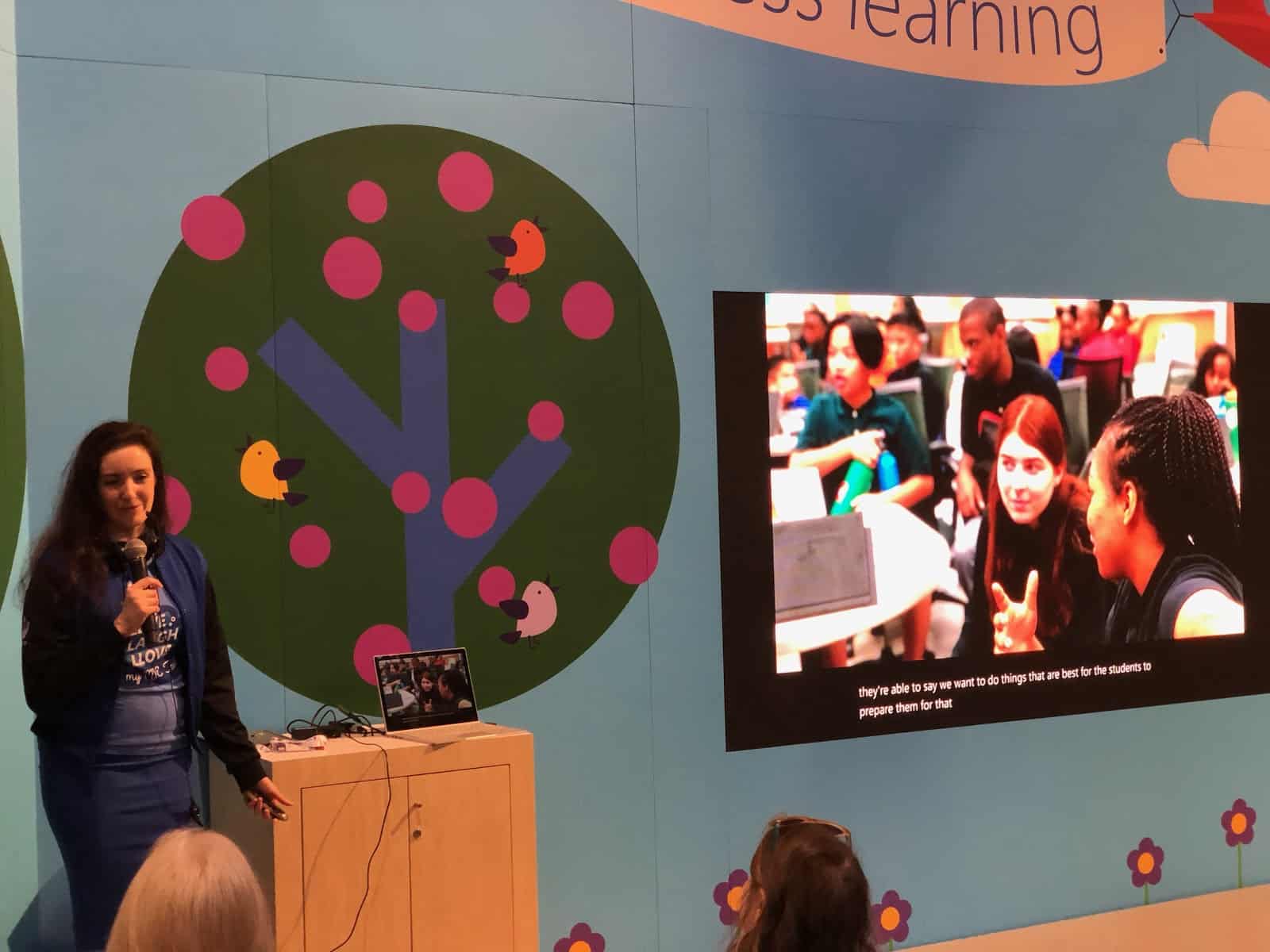
Michelle Zimmerman, head of school at Renton Prep, spoke on the Microsoft stage about her new ISTE book Teaching AI (above).
Google was also front and center in the giant exhibition hall with a space featuring recent announcements including the App Hub (below), Classroom gradebook improvements and integrations, and G Suite certifications for students (see the feature here).
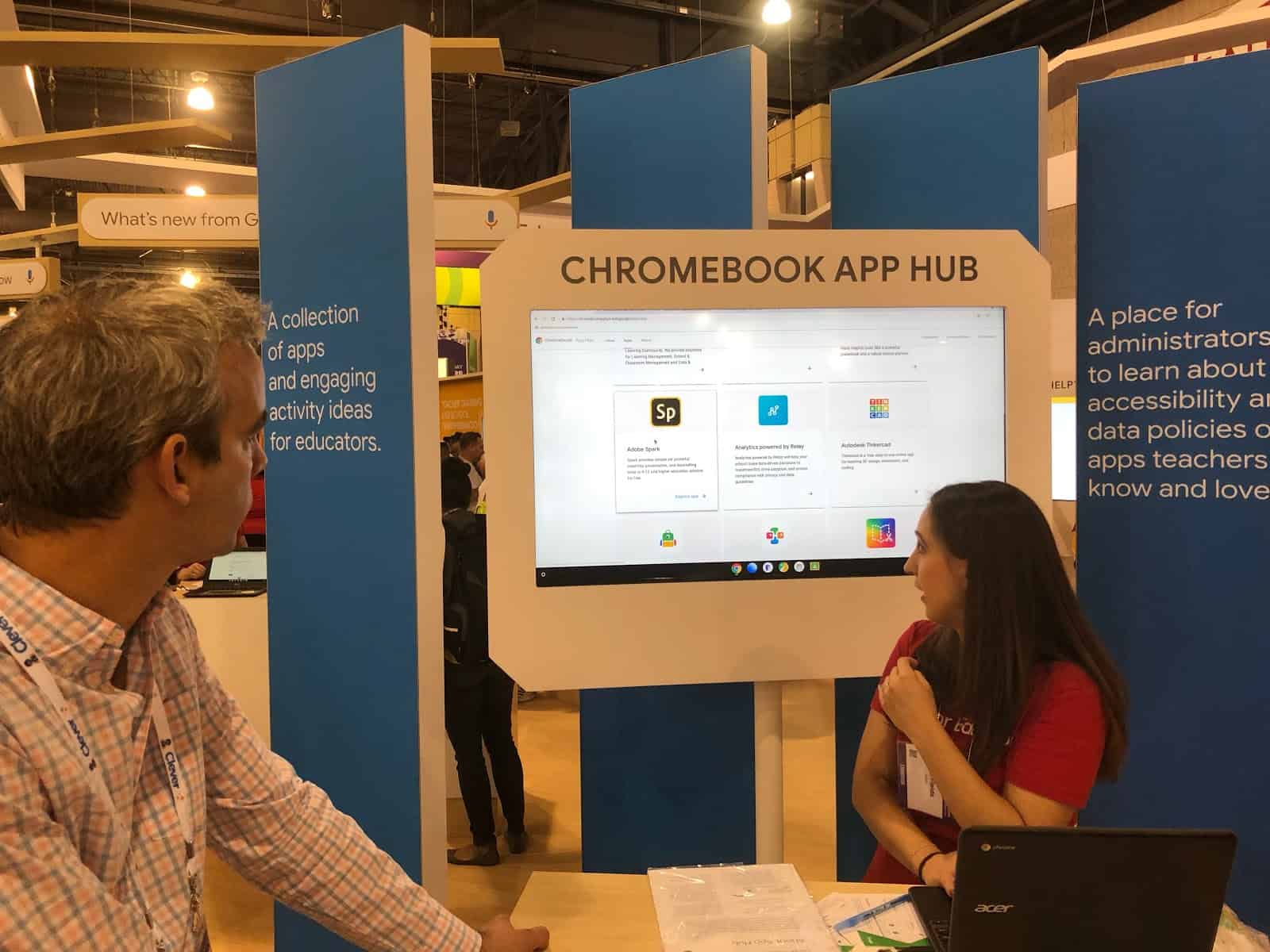
Carmen Coleman, CAO for Jefferson County Public Schools (Louisville) and Andrew Stillman from Amplified IT (below) presented in the Google theater about their digital Backpack of Success Skills. Students make contributions into their portfolio each year and make a major presentation at transition years.
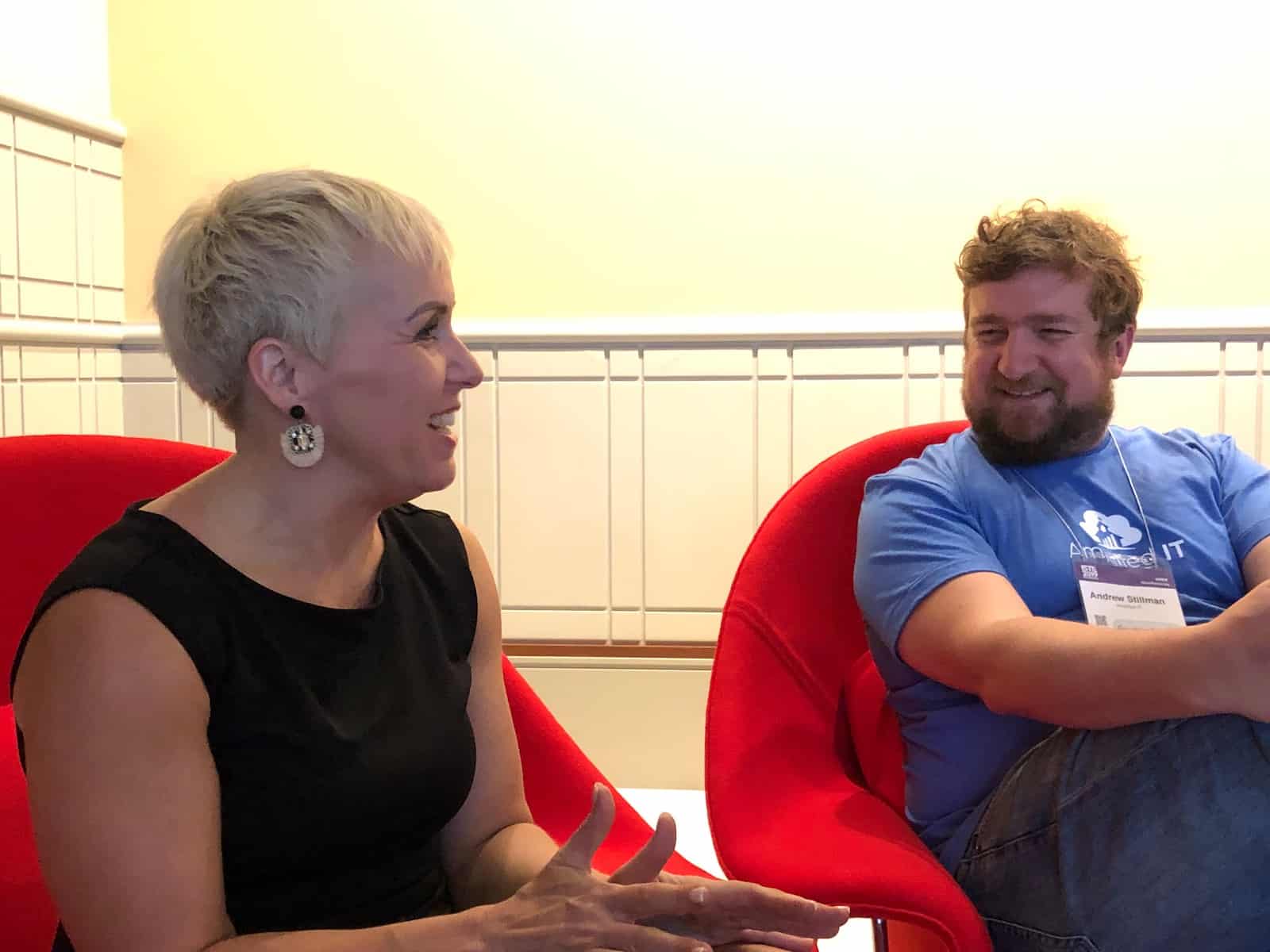
Illuminate is a rollup of 11 education data companies led by ed tech vet Christine Willig. The Google partner serves 5,200 schools and 17 million teachers and students. Notable products include:
- SchoolCity is a comprehensive big district solution used by Houston, Chicago, and Hillsborough.
- Data & Assessment (DNA) is a mid-sized district assessment solution.
- eduClimber is a data visualization tool.
- Fastbridge (acquired a couple of weeks ago) is a formative platform that combines curriculum-embedded and adaptive assessments to accurately predict learning trajectories.
Great Events Every Day at ISTE19
On Saturday morning, the Teacher Education Network kicked off the week of events by holding its second annual pre-conference, the SPARK Summit. There were 12 sessions planned along with special events like a book signing, prize patrol, and more. Members of the Leadership team planned the event which focused on helping educators learn about how to connect pedagogy and technology, some new tools to try and how to become more connected. Attendees did not have to be registered for the ISTE conference to attend so it was a nice way to become involved and to make some connections and start off the week of learning.
Also on Saturday, the Badge Summit was held at the Howard Gittis Student Center at Temple University. Noah Geisel (@SeñorG) was in charge of the program and planning all the things related to the Badge Summit which had a really great lineup of events and speakers again this year. The focus was on Microcredentials, Access and Equity with a keynote by Meenoo Rami, author of Thrive as well as two plenary panel presentations by Failure Lab and WorkDev.
Also on Saturday afternoon, there were many workshops and other sessions available to start the learning adventure of #ISTE19.
On Sunday afternoon, ISTE celebrated with their Annual Awards Reception, where many educators received volunteer service awards for their dedication to education ranging from Bronze (Over 100 hours), Silver (250-499), and Gold (500+) hours. This year Mark Gura received the Lifetime Achievement Award for having volunteered more than 4000 hours. Educators were also recognized by each of the PLNs for their work in the field. Flagler County Public Schools, Middletown City School District, and St Vrain Valley School District each received the ISTE Distinguished District Award. Betsy Corcoran (Co-Founder of EdSurge), Jennie Magiera (Chief Program Officer of EdTechTeam), and Sophia Mendoza (Director, IT Initiative, LA Unified School District), received the ISTE Impact Award. Three educators received the Making It Happen award: Rachelle Dene Poth, Nicol Howard and Doug Casey (below).
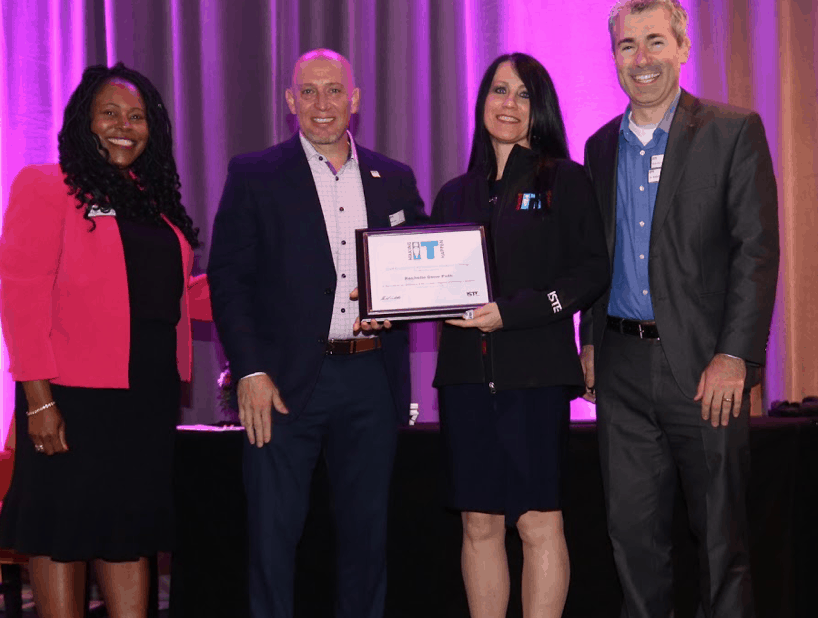
On Sunday afternoon, the ISTE Professional Learning Networks had their Community Networking Fair, a great opportunity for members to learn about the different PLNs available through their ISTE membership. Each PLN has members of the team available to share their resources, answer questions and help members to become more connected within the ISTE Community.
Getting Smart, ISTE, and Penn GSE, hosted a Sunday afternoon Future of Work dialog. Ten students (below) that had transformative high school experiences led table discussions about what they had learned and how other learners could gain access to similar experiences.
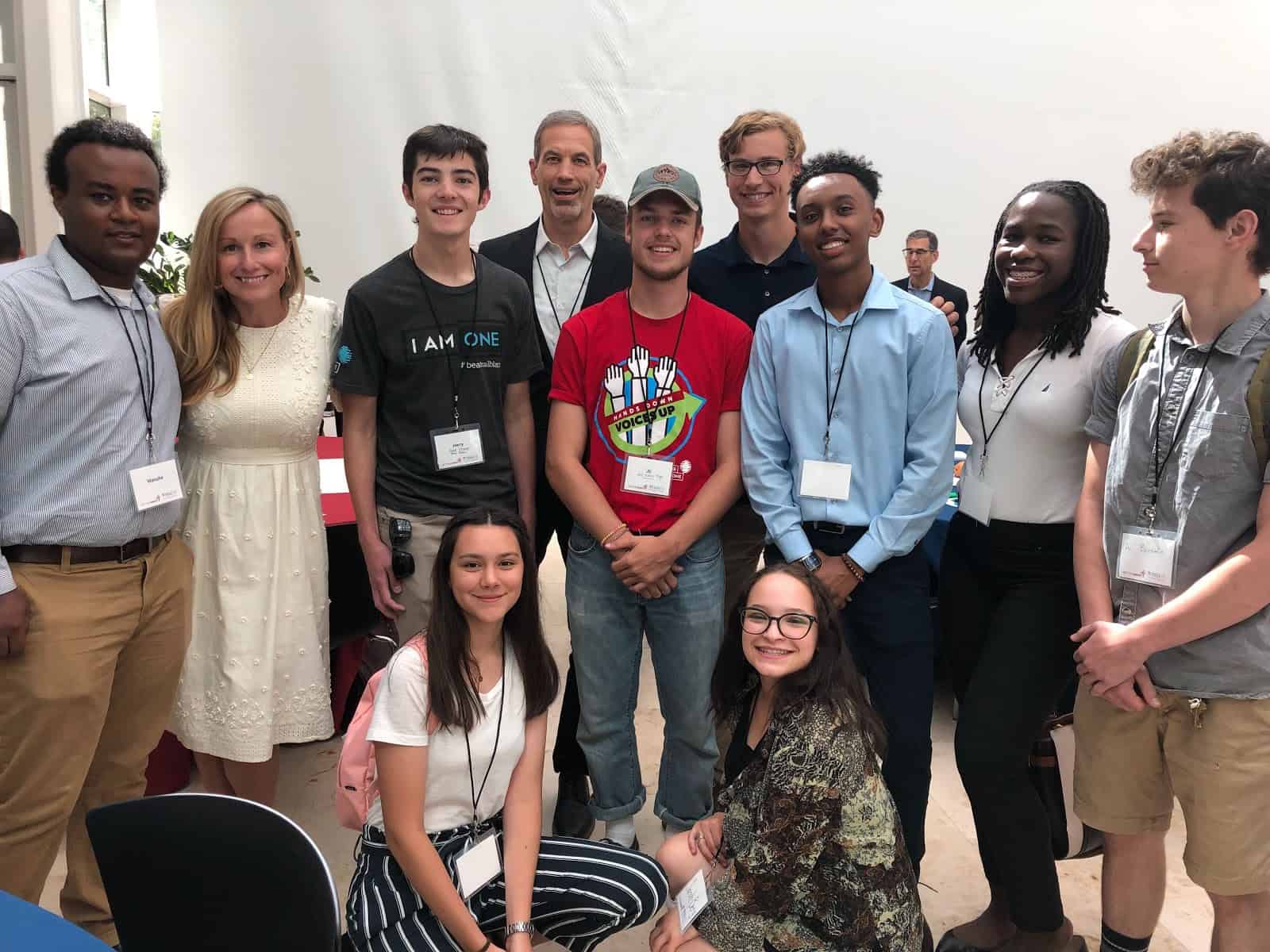
New features included the badging system which tracked participation in events and a lot of different ways to become involved with the playgrounds and the poster sessions. Many of the Professional Learning Networks offer sessions presented by their team as well as playgrounds focused on different topics. For example, the Teacher Education Network Playground focused on six of their themes from throughout the year including artificial intelligence, assistive technology, AR/VR, connecting technology and pedagogy, digital citizenship and mental health and wellness.
On Monday and Tuesday evening, the PLNs and ed tech company sponsored social hours filled the schedule. Lots of big announcements coming with Flipgrid, the ed tech industry held a two-hour panel discussion split between the edtech company leaders followed by a panel of educator experts presenting on student engagement. The companies involved were Nearpod, Participate, Adobe, Class Link, Flocabulary, Instructure, and Newsela.
On Tuesday evening, Edmodo hosted an event focused on social-emotional learning at the Academy of Natural Sciences of Drexel University. After hour social events are always a great opportunity for people to become connected and extend the conversations from the conference throughout the day.
ISTE19 is a wrap. It was big and busy. We were happy to see a clear focus on teaching and learning and educational equity. Great to see so many of you there. What was your favorite part of ISTE?
For more, see:
- Google Beefs Up Classroom, Begins Certifying Students
- Learning Platforms to Explore Over the Summer
- Agilix’s Publish Anywhere Delivers Learning Content to Any LMS
Stay in-the-know with innovations in learning by signing up for the weekly Smart Update.





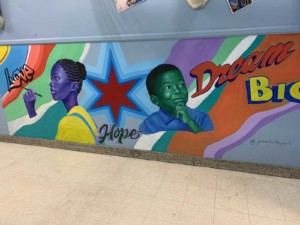

0 Comments
Leave a Comment
Your email address will not be published. All fields are required.